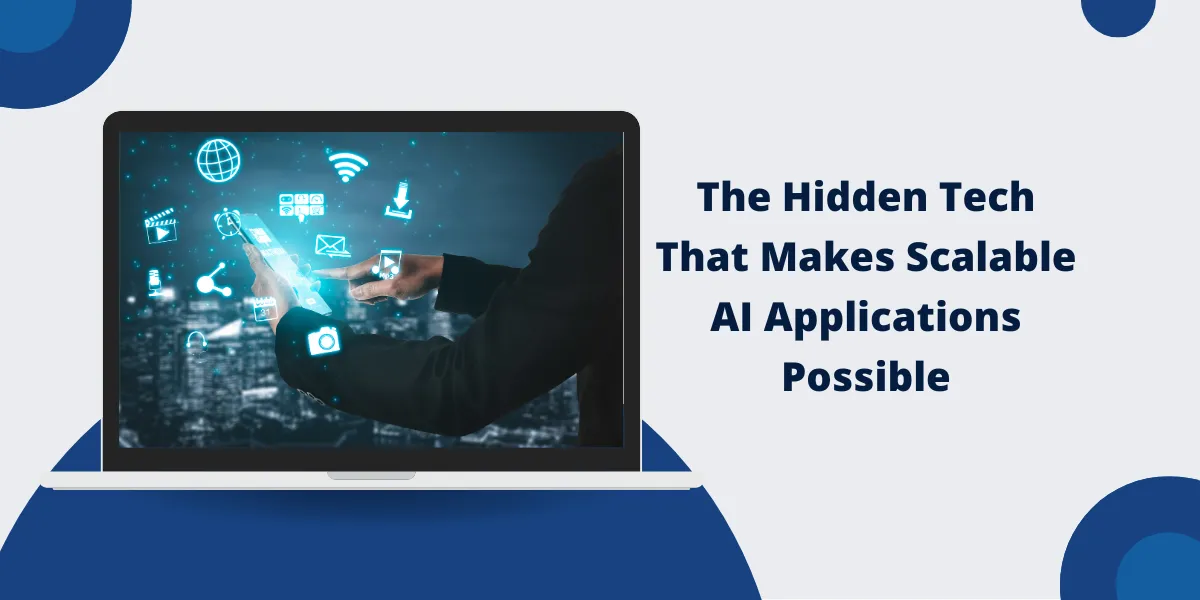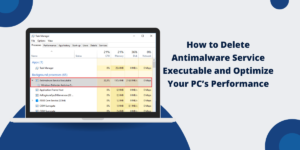Scalable AI applications don’t just rely on algorithms or data – they’re powered by a complex layer of tools, architectures, and frameworks that most users never see. From the way AI models are deployed to how services communicate and scale under pressure, there’s an entire stack of technology working behind the scenes. For businesses looking to integrate AI without compromising performance, understanding this hidden tech is key to long-term success.
Where AI integration services – Techstack become essential
Building AI tools is one thing, but turning them into scalable, reliable systems is a different challenge entirely. This is where AI integration services – Techstack come in, offering companies the expertise to connect AI models with real-world software environments in ways that are flexible, secure, and optimized for growth.
At its core, AI integration is about ensuring that machine learning algorithms — whether for recommendation engines, predictive analytics, or natural language processing — effectively communicate with the rest of the system. This involves connecting front-end interfaces, data pipelines, APIs, and backend logic in a way that’s both fast and efficient.
Techstack’s role is often invisible to the end user, but it’s what ensures a seamless experience. Whether it’s managing infrastructure in the cloud, setting up microservices to isolate workloads, or enabling real-time decision-making, AI integration specialists make sure the system can scale when demand increases, without crashing or slowing down.
As businesses increasingly shift to AI-driven tools for automation, personalization, and customer service, the demand for innovative integration strategies grows. And while AI grabs the headlines, it’s the architecture supporting it that often makes or breaks the product.
Understanding what GraalVM is and why it matters
To fully appreciate the technology behind scalable AI, it’s helpful to understand what is GraalVM, a virtual machine that’s gaining attention among developers working with multilingual and high-performance applications. GraalVM is an advanced runtime environment designed to support multiple languages, including Java, JavaScript, Python, Ruby, and R, all within the same process.
Why does that matter for AI? Because AI systems often involve components written in different languages. A typical workflow might include data wrangling in Python, backend logic in Java, and lightweight user-facing code in JavaScript. GraalVM enables these components to run together more efficiently, reducing communication overhead and thereby improving performance.
More importantly, GraalVM can compile programs ahead of time into native executables. This enables applications to start much faster and reduces memory usage — two significant benefits for AI platforms that require real-time responsiveness or operate on edge devices with limited resources.
In short, GraalVM helps make AI tools faster, more portable, and easier to integrate into existing systems — without requiring teams to rewrite everything from scratch.
The role of containers, microservices, and orchestration
Another piece of hidden tech enabling scalable AI is the container ecosystem. Tools like Docker and Kubernetes allow developers to package applications and deploy them in isolated environments that can be replicated and scaled instantly. Microservices break down large applications into smaller, independent units, making it easier to maintain and expand functionality.
AI models can be containerized and deployed as individual services, allowing updates, rollbacks, and scaling to happen with minimal disruption. For instance, a company can run multiple versions of a recommendation model in parallel, testing new algorithms in real-world conditions without affecting users.
Orchestration tools, such as Kubernetes, automate the deployment, scaling, and health-checking of these containers. Together, this system supports elastic scaling, meaning AI services can automatically expand during peak traffic and scale down when things are quiet, saving both computing resources and money.
Data pipelines and model management
Feeding AI applications with clean, relevant data is another challenge that’s addressed by sophisticated data engineering pipelines. These pipelines handle data ingestion, preprocessing, feature extraction, and storage, ensuring that models are continuously trained and operating on high-quality input.
Once models are trained, model versioning and monitoring tools, such as MLflow or SageMaker, come into play. They track the performance of deployed models, detect data drift, and enable rollback in case of errors. This level of control is vital in production environments, where even minor changes in data or user behavior can impact results.
Final Words
Behind every fast, reliable, and intelligent AI application is a network of powerful technologies working in harmony. From AI integration services, such as Techstack, which ensure smooth connectivity and system stability, to powerful runtimes like GraalVM, which bring performance and language flexibility, the actual engine of AI is the software architecture beneath the surface.
It’s not just about building more innovative algorithms – it’s about making those algorithms work in real-world conditions, across platforms, languages, and use cases. As AI continues to evolve, the underlying technology that enables it will become even more critical.

Priya Mervana
 Verified Web Security Experts
Verified Web Security Experts
Priya Mervana is working at SSLInsights.com as a web security expert with over 10 years of experience writing about encryption, SSL certificates, and online privacy. She aims to make complex security topics easily understandable for everyday internet users.



